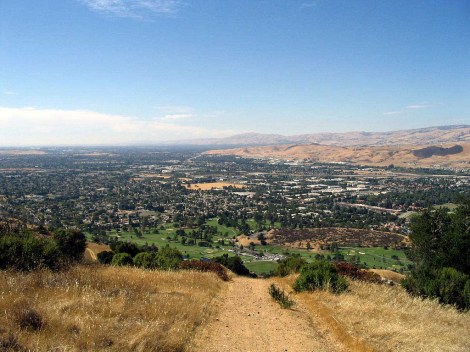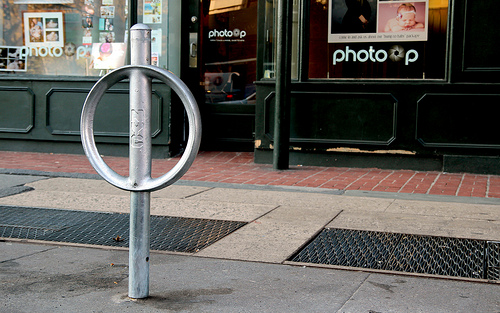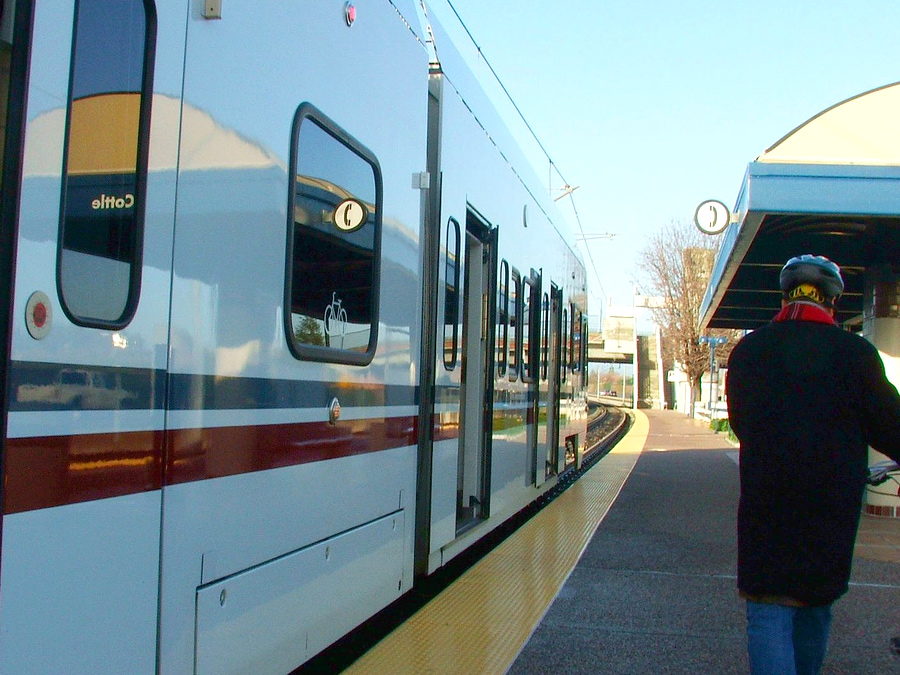For part of the time that I lived in San Jose, Calif., my apartment was downtown, across the street from a light rail station. I used to take the train to work, which was great for the first 80 percent of the ride: The car was almost always near-empty as it chugged along down the middle of streets, passing dozens of automobiles at each stop light. When I reached the stop closest to my office, I’d get off — and start the 20-minute walk in, having to either walk well out of my way or, if I was in a hurry, dash across a busy highway with no crosswalk. It was an hour’s journey, easily, for a trip that took 10 minutes by car without traffic.
My friend Michael and I took to calling the light rail “the Buzz,” both because it sounded confusingly like “the bus,” which amused us, and because it implied a speedy, futuristic system, which the light rail very much is not. A guy I knew who worked with the union that represented bus and light rail operators called it the “ghost train,” since you’d often see it passing by at night, lit up and empty.

pbumpSprawl in Silicon Valley.
The Atlantic Cities’ Eric Jaffe has a good look at the light rail as it celebrates its 25th anniversary. From his article:
Less than 1 percent of Santa Clara County residents ride [Valley Transportation Authority] light rail; the per-passenger round-trip operating cost is $11.74 and taxpayers subsidize 85 percent of costs — third and second worst in the country, respectively. There are problems with measuring costs per passenger mile on light rail, but ouch. …
In November, [the Mercury News‘ Mike] Rosenberg reported that a VTA plan to extend a light rail line 1.6 miles to Los Gatos, home of Netflix, will cost $175 million while drawing only about 200 new riders. Back in May, a local news station found a culture of fare evasion on VTA that gives the system a rate of 7.2 percent — highest in the region.
Jaffe has a series of quotes from people nearly as dismissive of the light rail as I am above. But one word is curiously missing: density. The problem with the light rail is that it serves a county that is home to one of the least-dense cities in America; San Jose, the nation’s 10th largest city, is not in the top 125 in people per square mile. Offices and strip malls and housing complexes are scattered around the valley floor, the result of City Manager Dutch Hamann‘s ’50s-era small-town-incorporation spree. San Jose contains land extending far beyond what even its now 1 million residents have use for, making a skeletal light rail system like platform sidewalks in a massive bog — barely providing access to anything.
I tried to be a good resident. I tried to give the light rail my business in part because I liked the aesthetic of it. Step out of my apartment and hop the train to work. It’s what I’d do now in hyper-dense Manhattan, if I didn’t work from home. But in San Jose, it didn’t work.
So I did what everyone else does. I got a car.



